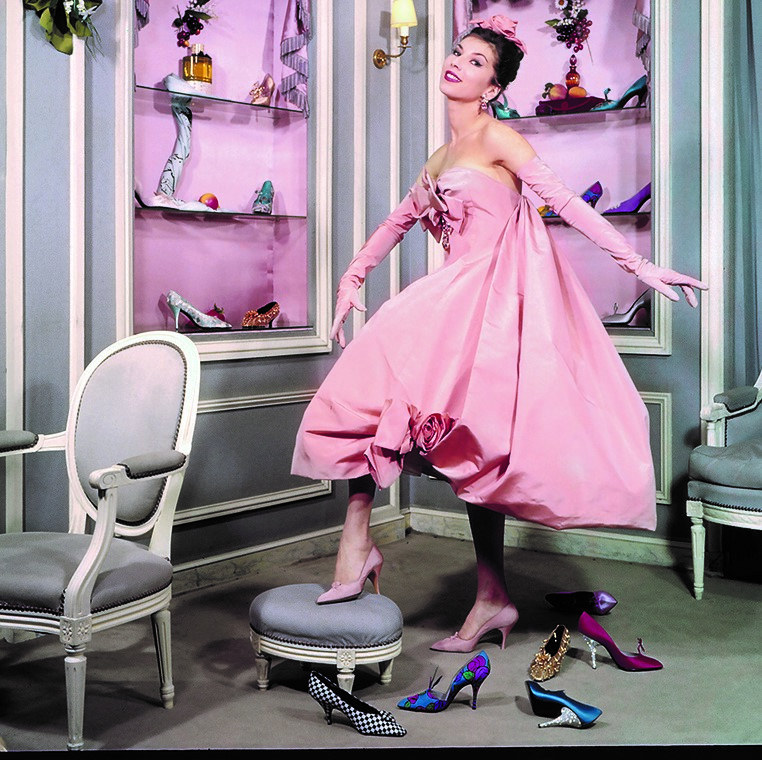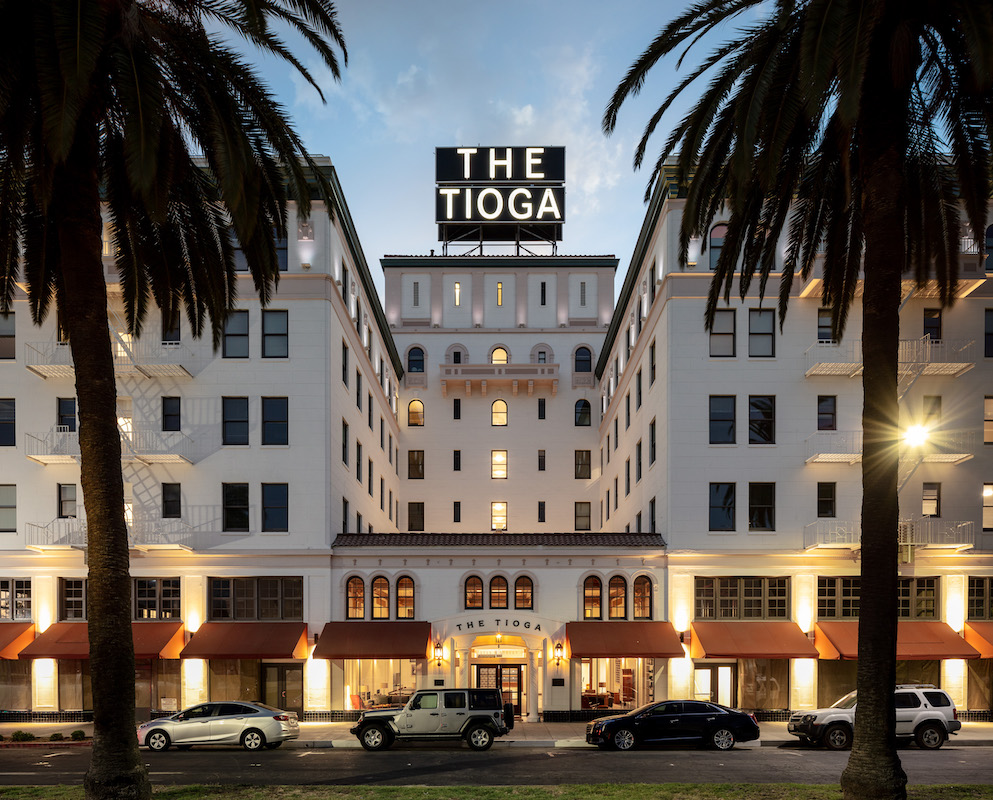Post-World War II Paris was similar to the modern era in the United States, contends author Maureen Footer.
“It was a very unsettling time, with a dated and mistrustful social specter,” she says. “When the city had been occupied by the Germans, it was a matter of who you could trust, and then there were the collaborators – it took apart the cohesiveness of society.”
There was a political transformation with different governments – and a global transformation too. “It’s what we’re looking at today – with social media, and our lack of transparency in politics, and polarization,” she says.
But out of all that, as she details in Dior and His Decorators: Victor Grandpierre, Georges Geffroy, and the New Look, came a new house of couture, a new aesthetic and a new and modern brand.
“They took all the trainings of the 1920s, put them in a pristine state and added thinking from the 18th century – especially colors,” she says. “Dior went to the Belle Epoch and revised it – there were not so many decadent elements but the silhouette was similar to the Belle Epoch.”
For interiors, he turned to Georges Geffroy, probably the most adventuresome decorator of the post-war years, from 1947 to the late 60s. Geffroy translated ideas from couture into the interior design idiom, taking light fixtures and covering them, and draping upholstery with dressmaking techniques.
“He was a disciplined interior architect – a critic called him the Palladio of his era,” she says. “He was different but very open-minded – he incorporated Pre-Columbian or African art with modern interiors.”
Then there was Victor Grandpierre, the son of a great Beaux Arts architect of the Belle Epoch era, who was a modernist and a photojournalist too. “He was photographing fashion, so he understood it and how to show it,” she says. “He met Dior during the war, and both had a reverence for the stability of France that was largely in the past, and a great belief in selling modern art and making photographs.”
It was Grandpierre who created the Dior brand. “It was an ethos that is the template for all interiors for Dior around the world,” she says. “All the iconography: gray and white neoclassical pared down, simple and reductive, with Louis XVI chairs always.”
Interiors were designed to set off the clothes, which were simple and elegant. There were also packaging and signage and an 18th-century typeface for the logo.
“All these men were working in more than one métier,” she says. “They were involved in the French way of living with elements of a larger vision.”
One can only hope that such ‘swoon-worthy’ (Vogue.com’s phrase, not mine) thinking could emerge from our unsettled world up here in 2018.
For more, go here.
[slideshow id=1962]


